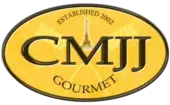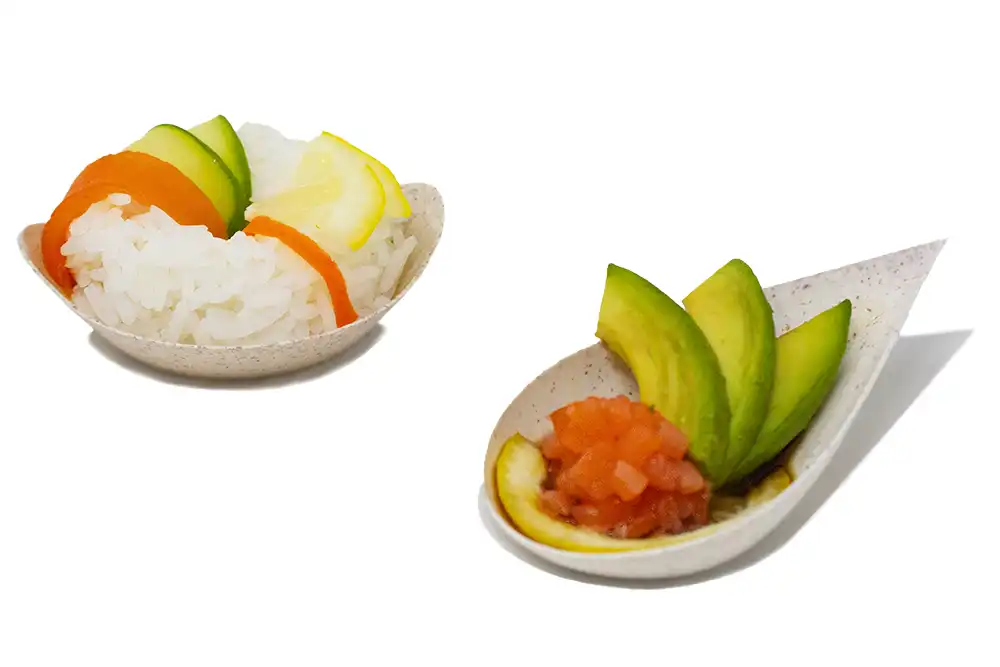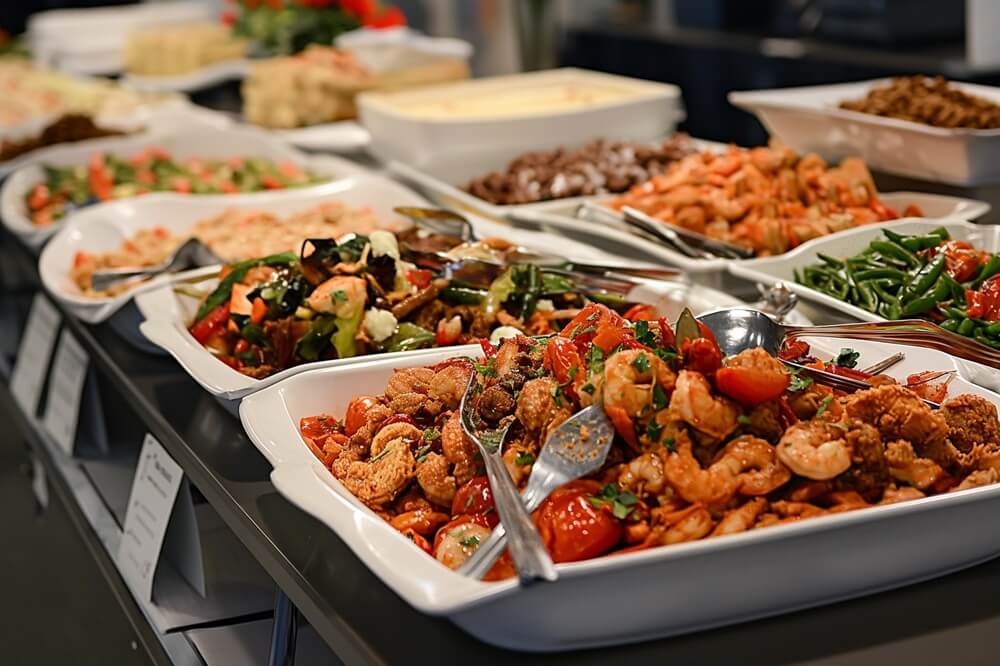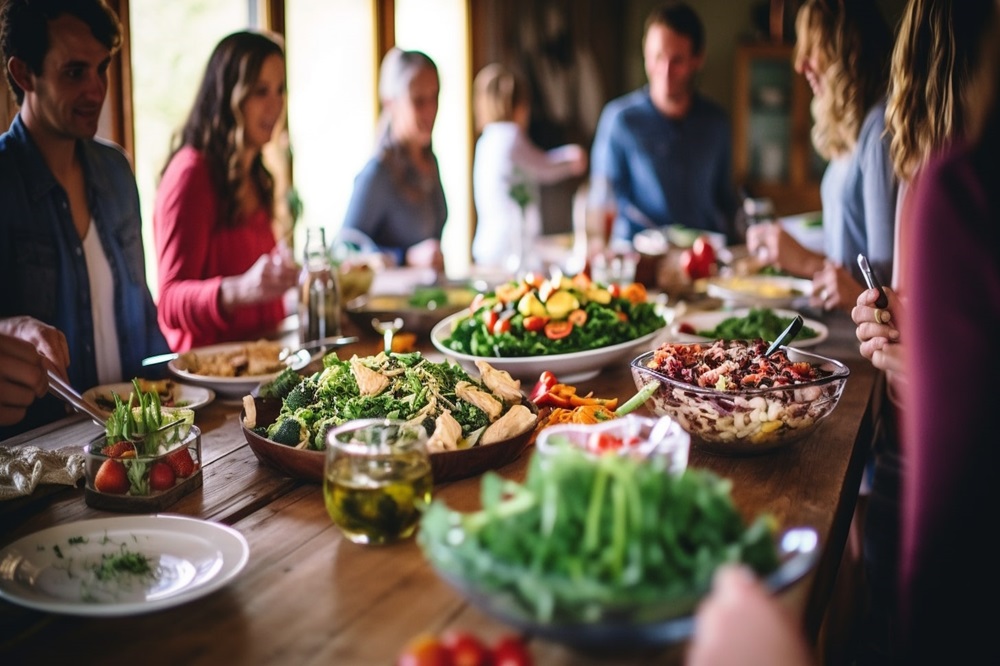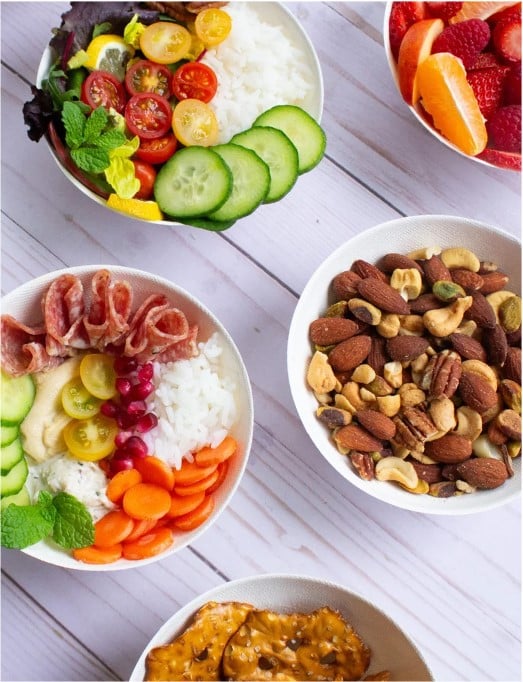Did you know that currently, on average, humans produce more that 350 million metric tons of plastic waste per year with less than 7% being recycled? Since the beginning of the mass production of plastic in the 1950’s until present day we have been using petroleum based synthetic polymers for basically everything in our day to day lives including, but not limited to: fabrics, toys, construction materials, clothing, furniture, vehicles, paint, food. The list goes on.
Try to envision a world without plastics. It seems almost impossible. Unfortunately, this is the harsh reality of the situation we put ourselves, and our planet in today. Rather than use regular plastic, imagine a world where we use bioplastics, an ecofriendly and sustainable solution to minimize agricultural byproduct and the use of fossil fuels. Welcome to the revolution that is eco friendly bioplastics!
But what exactly is this revolutionary material made of, and how do you make use of it in everyday life? Today we are diving into wheat straw plastic and how it offers all the same qualities of regular plastic all while being a sustainable, zero waste product. Let’s explore this green innovation to better understand where wheat straw comes from.
Table of Contents
Short Summary
- Wheat straw plastic is an eco-friendly, plant based alternative to the synthetic polymers commonly used for plastic products today.
- It delivers the same lightweight and durable qualities of regular plastic while being a sustainable, zero waste option.
- Making the switch from plastics to bioplastics involves finding reputable brands, supporting sustainable practices, and understanding the environmental impact that we contribute as consumers/producers.
Understanding Wheat Straw Plastic
The usage of plant based plastics is a novel and innovative solution for reducing environmental waste that is often a byproduct of harvesting wheat grains. This wheat straw byproduct, that would ordinarily be burned after the wheat grains are cultivated, can be repurposed and utilized as an eco-friendly alternative known as bioplastics. Bioplastics are made using plant based polymers such as wheat straw, sugar cane, bamboo fibers, or cornstarch that would otherwise be burned. Regular plastics are often obtained by using synthetic polymers such as petroleum that come from active wells and processing plants; this exponentially increases the risk of severe environmental pollution due to toxic substance leakage.
So how are bioplastics “eco-friendly” if they still contain plastic? This is an important question to address. Bioplastics are composed of around 20% more renewable, plant based material than regular plastics (which contain synthetic material) and also aide in minimizing byproduct waste caused by agricultural practices. Bioplastics are a significant improvement on our global carbon footprint as they reduce fossil fuel resources, contain less toxic chemicals, and have a faster decomposition rate that regular plastics.
This has been made possible through lignin, found in the waste left behind after harvesting wheat grains. Not only does this give purpose to what would otherwise have gone to waste, but is also energy efficient and sustainable for its users. The process of turning this eco substance into a reusable resource includes thoroughly cleaning it from dust or dirt first, then breaking down individual fibers so they can gather the essential lignin needed before it is combined with other components, allowing it to be shaped according to desired forms and applications.
All these properties make wheat straw plastic not just renewable, but sustainable too. This gives even more power when used for minimizing plastic production and pollution in our environment.
The Role of Lignin
Wheat is an amazing crop due to the natural lignin compound in its stems, which provides it with a firm structure. This component has proven useful as part of an eco-friendly process for creating wheat straw plastic. The method of using bacterium acid breakdown on the lignin creates malleable compounds suitable for constructing durable and reusable products. The benefit is that no synthetic chemicals or high temperatures are produced, making wheat straw energy efficient.
FDA Approval
Safety is a priority when it comes to the products we use daily, including those made of wheat straw plastic. These materials are certified as being free from any toxic elements and accepted by regulatory authorities such as the FDA for food packaging. Wheat straw plates can be used in a microwave and can also endure freezing temperatures long term without causing harm to consumers. These product types provide additional protection due to their natural anti-bacterial properties and lack of odor production. Customers who may suffer allergies are also seeing benefits as these dishes have been attested gluten-free by the United States Food & Drug Administration (FDA).
Wheat straw offers numerous environmental benefits and sustainability, while also giving reassurance that the product itself is trustworthy in terms of safety standards.
Benefits of Wheat Straw Plastic Products
The benefits of wheat straw plastics are plentiful. Not only is it a great environmentally friendly choice, but these products come with several impressive benefits. Sustainable, durable and able to withstand high temperatures, plus anti-bacterial and odor resistant – this multi-purpose solution has all the bases covered! Additionally, bioplastics help reduce carbon dioxide emissions compared to synthetic polymers such as petroleum that come from active wells and processing plants. So making the change from synthetic plastics to bioplastics would then prevent any potential hazard-related waste from entering landfills or even our oceans. Seems like an easy decision right?
Environmental Impact
Embracing wheat straw plastic has become a trend that is beyond just being fashionable: it’s about making an eco friendly and sustainable impact on the environment. This material is able to decompose and, by using waste from other sources, the production process can be repeated in a renewable way. Switching over to this type of bioplastic would decrease deforestation along with the need for single-use plastics. Thus creating nearly zero byproducts when looking at the whole cycle of materials used while being kinder to our planet’s resources. The revolution brought forth with Wheat Straw Plastic brings us closer to achieving green goals.
Durability and Longevity
Wheat straw plastic is praised for its robustness, making it a suitable material to create everyday items like coffee cups and dishes. This type of plastic has an extended shelf life that can last up to 10 years – showing just how strong this form of wheat based plastics can be.
When compared with traditional varieties, the durability level remains roughly the same. Hence, wheat straw products are becoming increasingly popular due to their reliable nature over time without compromising quality or longevity in any way.
Common Wheat Straw Plastic Applications
The impressive environmental benefits of wheat straw plastic have made it so versatile and widely utilized in numerous applications. It can easily replace traditional single-use plastic items like cups, plates, and bowls with reusable alternatives for food containers as well as promotional products. From water bottles to keychains or pens, there are countless household objects you could craft out of this eco friendly wheat based product! Not only does its presence facilitate sustainable living practices, but also serves as an example using words alone on how we can pursue a more green lifestyle and save our planet!
Wheat Straw Plastic Decomposition and Recycling
Wheat straw plastic is a highly desirable option because of its fast decomposition rate. In contrast to traditional plastics, which can take centuries to degrade, wheat straw-made items are capable of breaking down within 6-9 months in industrial composting sites, with up to two years at most. Once this process occurs, they will be transformed into useful fertilizers for the environment. A wonderful ecological benefit!
For those who do not have access to either an industrial compost site or their own home composter – no problem! Wheat and other types of agricultural byproducts used for creating these kinds of goods can still be recycled too.
Industrial Composting and Landfills
When it comes to wheat straw plastic, decomposition in landfills is possible due to its biodegradability. There are both personal and commercial ways of composting this type of material that enable users an eco-friendly disposal method for the waste item. Whether you have a bin or take advantage of city programs when dealing with such plastics, these options are shown to produced a low environmental impact while still removing any excess items from your home/space. Industrial composting can be applied, which involves breaking down organic materials like food scraps and yard waste into nutrients for soil amendments. Utilizing landfills as another source where one’s goods may rest without harming our planet in the process.
Making the Switch: How to Incorporate Wheat Straw Plastic into Your Life
Using straw plastic in everyday life doesn’t have to be a daunting process. To get started, find products created from this material that meet your needs – these could include items such as coffee cups, food containers, or plates. But how can one make sure the product they are choosing is actually eco-friendly? Where should you shop for them? Let’s answer those questions below! By picking goods manufactured out of wheat straw plastic and knowing what you’re using is eco friendly, you will ultimately end up incorporating it into your daily routine with ease.
Finding Reputable Brands
Taking the initiative to transition away from plastic products requires finding reliable brands that offer wheat straw materials. CMJJ Gourmet Inc. currently has a line of eco-wheat mini dessert cups and trays for those customers who would like to use alternative eco friendly dishes. Eco-Products, Farm to Glass and Promotional Products are some of the other dependable companies known for providing these types of items.
Before selecting a provider it is wise to check certifications, reviews and customer feedback as this gives you an idea on how trustworthy they are. Pay attention if any Melamine ingredients have been used in manufacturing – because it can be extremely damaging to people’s health and the environment too!
Supporting Sustainable Practices
Sustainable practices should be taken into consideration when utilizing straw plastic in our lives. This includes properly disposing it, recycling, and composting the material at home. We must also commit to supporting companies that prioritize sustainable production of eco-friendly alternatives such as this special type of plastic made from wheat instead of traditional forms. With every purchase we make, we are voting for what kind of ecological world we would like to live in. The process is vital to affecting current choices about environmental conditions around us.
Wheat Straw Plastic vs. Other Eco-Friendly Alternatives
Wheat straw plastic provides an eco-friendly option for reducing waste, but it’s not the only one available. Cornstarch or potato starch biodegradables, such as our 4.4″ Square Corn Starch Plates, and renewable bioplastics can also be used as alternatives, although each of these has their own advantages and drawbacks. For example, though cornstarch/potato starch biodegradables are made from sustainable sources, they may need industrial composting or take some time to break down in landfills. Similarly, recycling plastics is effective at preserving resources, yet when dealing with particular kinds of bioplastics, there could be issues within certain processing facilities too.
Pros and Cons
Wheat straw plastic can be an eco-friendly choice since it has a lower carbon footprint and biodegradability. While these aspects make the material more attractive, one must also take into account other factors such as durability, heat resistance, and more when comparing wheat straw to alternatives like bamboo or metal; both which may possess superior longevity than traditional plastics made from wheat.
Summary
Wheat straw plastic is an innovative solution that allows us to make use of agricultural waste and put a stop to single-use plastics. It’s known for its biodegradable properties as well as being recyclable, making it the perfect green alternative. Using this type of product reflects a more eco friendly mindset when it comes to creating a more sustainable practice.
Are you willing to switch over and embrace this eco friendly option?
Frequently Asked Questions
Is wheat straw plastic bad?
Wheat straw plastic is certified food safe, free of BPA and given the go-ahead by the FDA, making it an ideal material to employ for various purposes. Wheat being its source makes this form of plastic highly reliable.
Is wheat straw polypropylene safe?
The wheat straw-based polypropylene is risk free, as the components used in creating it are natural – made from pure wheat straw fiber and starch blended with premium PP material that has been certified non-poisonous and contains no BPA.
Is wheat straw plastic really eco-friendly?
Wheat straw plastic is a sustainable and renewable option for traditional plastics. It needs less energy to produce and can be recycled by melting the material down into pulp again. This type of eco friendly plastic contains no BPA nor anything that’s not FDA approved, making it safe in regards to food contact usage as well. Wheat combined with other elements gives us wheat straw, which provides an effective substitution for harmful plastics we use every day.
What is wheat straw plastic, and how is it made?
Using lignin, a binding agent within wheat straw, an environmentally friendly plastic-like material is created from the leftover wheat of harvested grains. This newly formed ‘wheat straw plastic’ has become increasingly popular due to its sustainability and biodegradability.
What are the applications of wheat straw plastic?
Wheat straw plastic has been employed for different purposes, such as packaging food items and creating promotional objects. This material can be substituted for single-use plastics like plates, bowls and cups.
Other Articles
Dessert Menu for Wedding
Key Takeaways Dessert is a memorable highlight of weddings, offering a chance to make a…
Catered Lunch Ideas
Key Takeaways Offering a range of customizable meal options caters to different dietary preferences and…
Healthy Catering Options
In a world where convenience often trumps nutrition, finding healthy food catering options can be…
Appetizer Catering for Weddings
A wedding celebration is a symphony of love, and every note must be perfect, including…
Chicken Dishes for Catering
Chicken is always a great choice for catering events and parties. It’s easy to prepare,…
Family Reunion Food Ideas
It’s hard to imagine a family reunion without lots of delicious food, including main courses,…
